Service hotline
+86 0755-83044319
release time:2022-12-06Author source:slkor-ganBrowse:15037
Basic concepts
Its main function is current amplification (analog circuit) and switching action (digital circuit).
The transistor is composed of two PN structures, and the common electrode becomes the base of the transistor (indicated by the letter b). The other two electrodes become the collector (indicated by the letter c) and the emitter (indicated by the letter e). Due to different combinations, one is an NPN type transistor, and the other is a PNP type transistor.
Most of the transistors are packaged in plastic or metal. The appearance of the common transistor, the electrode with an arrow is the emitter, the arrow facing outward is the NPN type transistor, and the arrow facing inward is the PNP type. Actually the direction of the arrow is the direction of the current.
The first part of the symbol "3" indicates a transistor. The second part of the symbol indicates the material and structure of the device: A——PNP type germanium material; B——NPN type germanium material; C——PNP type silicon material; D——NPN type silicon material. The third part of the symbol indicates the function: U—photoelectric tube; K—switching tube; X—low frequency low power tube; G—high frequency low power tube; D—low frequency high power tube; A—high frequency High power tube. In addition, the 3DJ type is a field effect transistor, and the one starting with BT indicates a special semiconductor component. Such as: 3DG12B, 3AX21.
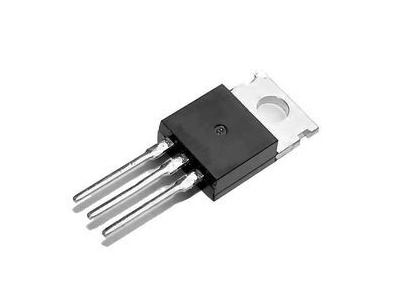
The most basic function of the transistor is amplification. It can turn a weak electrical signal into a signal of a certain strength. Of course, this conversion still follows energy conservation. It just converts the energy of the power supply into the energy of the signal. An important parameter of the transistor is the current amplification factor b. When a small current is applied to the base of the transistor, a current b times that of the injected current can be obtained on the collector, that is, the collector current. The collector current changes with the base current, and a small change in the base current can cause a large change in the collector current, which is the amplification effect of the transistor.
The transistor can also be used as an electronic switch, and it can also form an oscillator with other components.
Two, the classification of transistor
1) According to the combination of PN junction, it can be divided into NPN type and PNP type;
2) According to the material, it can be divided into germanium transistor and silicon transistor;
3) According to the working frequency, it can be divided into high-frequency transistor (fa≥3MHz) and low-frequency transistor (fa<3MHz);
4) According to the power, it can be divided into high-power tube (PC≥1W) and low-power transistor (PC<1W)
5) According to the purpose, it is divided into ordinary amplifier transistors and switching transistors.
Three, the current amplification effect of the transistor
1) External conditions for transistor amplification: the polarity of the external power supply should make the emitter junction in a forward biased state, while the collector junction is in a reverse biased state.
2) Current distribution law Ie=Ic+Ib
3) The essence of transistor current amplification is to control a large change in the collector current IC with a small change in the base current IB.
Four, Transistor output characteristics
1) When the transistor works in the saturation and cut-off regions, it has the characteristic of "switching", which can be applied to pulse digital circuits and play the role of switching;
2) When the transistor works in the amplification area, it can be used in the analog circuit to play the role of amplification;
3) Therefore, the transistor has two functions of "switching" and "amplifying".
Five, Test working status
Measuring the voltage of the transistor pin to ground can judge the working state of the tube:
1) NPN tube —— Vc>Vb>Ve,
PNP tube - Vc<Vb<Ve. is zoomed in.
2) If the collector-to-ground voltage Vc of the measured transistor is close to the power supply voltage Vcc, it means that the tube is in the cut-off state (the switch is turned off).
3) If the collector-to-ground voltage Vc of the measured transistor is close to zero (less than 0.7V for the silicon tube and less than 0.3V for the germanium tube), it means that the tube is in a saturated state (the switch is closed).
Judgment steps and solutions:
1) First measure the voltage of points C, B, and E to the ground
2) If Uce<Ube, it is saturated
3) NPN tube —— Vc>Vb>Ve,
PNP tube - Vc<Vb<Ve. is zoomed in.
4) otherwise in cutoff state
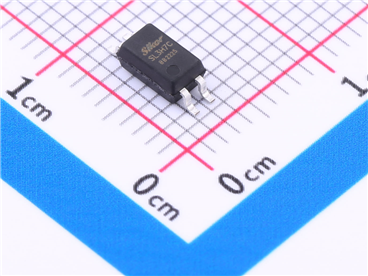
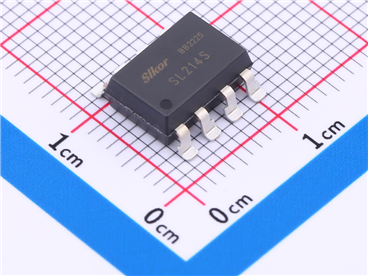
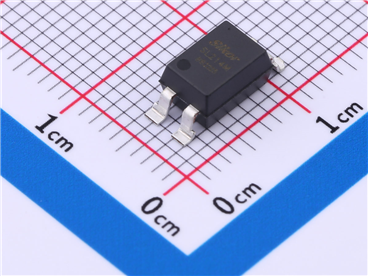
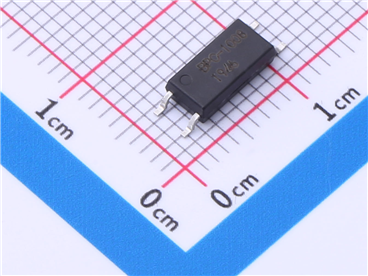
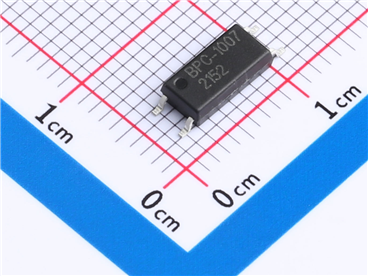


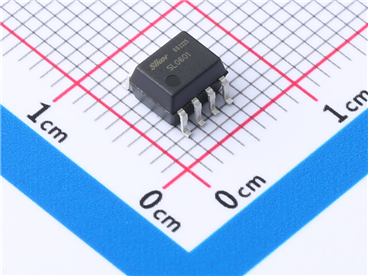

Site Map | 萨科微 | 金航标 | Slkor | Kinghelm
RU | FR | DE | IT | ES | PT | JA | KO | AR | TR | TH | MS | VI | MG | FA | ZH-TW | HR | BG | SD| GD | SN | SM | PS | LB | KY | KU | HAW | CO | AM | UZ | TG | SU | ST | ML | KK | NY | ZU | YO | TE | TA | SO| PA| NE | MN | MI | LA | LO | KM | KN
| JW | IG | HMN | HA | EO | CEB | BS | BN | UR | HT | KA | EU | AZ | HY | YI |MK | IS | BE | CY | GA | SW | SV | AF | FA | TR | TH | MT | HU | GL | ET | NL | DA | CS | FI | EL | HI | NO | PL | RO | CA | TL | IW | LV | ID | LT | SR | SQ | SL | UK
Copyright ©2015-2025 Shenzhen Slkor Micro Semicon Co., Ltd